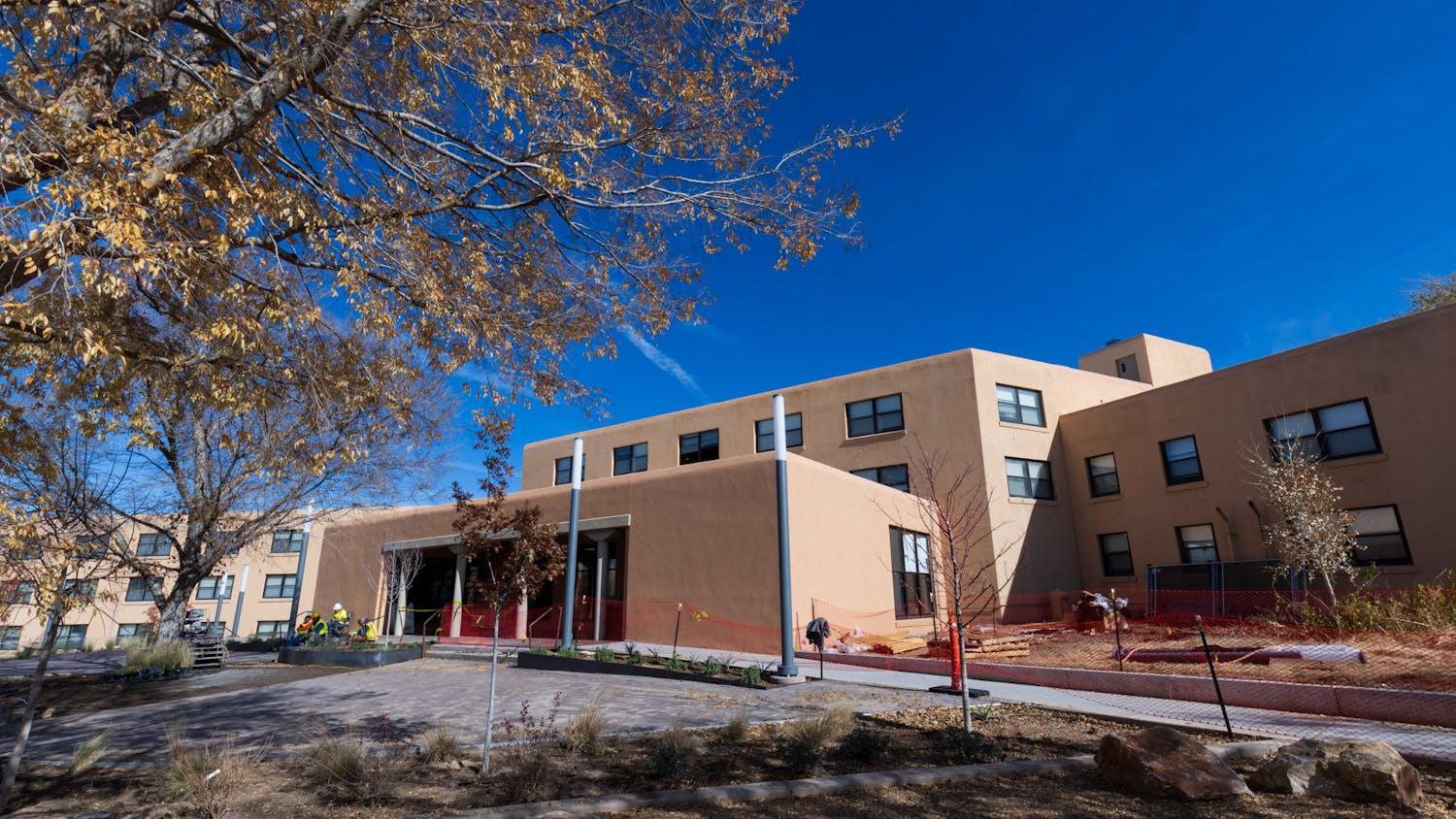news@dailylobo.com
The New Mexico Public Interest Research Group is jumpstarting a UNM initiative to reduce carbon emissions, a plan that has languished for three years.
NMPIRG’s plan entails exactly what was outlined in the steps and procedures outlined in the University’s Climate Action Plan, signed in 2009 by then-UNM President David Schmidly. The organization is working with the University to turn the plan into action.
“It just seemed like there wasn’t anything going on with the plan,” said Andrea Valenzuela, a student intern at the UNM section of NMPIRG and head of the project. “They had it signed, but we talked to the vice president of ASUNM and he told us that now it’s just sort of sitting there, so we thought this would be a really great project to get up off the ground.”
According to the Climate Action Plan’s executive summary, its purpose is to create a system for reducing the Albuquerque campus’ carbon emissions by 80 percent by 2030, using baseline numbers from the year 2006.
Dan Young, director of UNM’s Research Service Learning Program who is working with NMPIRG on the plan, said the recession probably threw a wrench in the original plan.
“The project had fairly substantial start-up costs. Overall, it was something like $34 million to get us to the initial capital outlay funding followed by several years of recouping that. It could take anywhere from two years to almost 14 years recoup the initial cost,” Young said.
Young said that based on his research, there is no evidence, except the Climate Action Plan, that demonstrates UNM’s commitment to sustainability.
“For example, November last year, an economic development plan came out and essentially nothing is mentioned there about sustainability,” Young said. “There was no sense in that document that we have to do economic development in a sustainable way. There seems to be no consistency between what the previous president put into our policies and procedure manual and the documents that are coming out now.”
But Mary Clark, UNM’s sustainability manager, said this perception is not accurate.
“That’s not true, some of the really big (projects) have been completed,” she said. “The faculty are doing some tremendously interesting research on energy efficiency and biofuels. We’ve managed to convert a number of buildings onto controlled systems so that the buildings reduce their energy consumptions when they’re not in use. Quite a bit’s getting done.”
Clark provided the Daily Lobo with a list of projects, directly from the Climate Action Plan, that are complete or in progress.
Get content from The Daily Lobo delivered to your inbox
Among the completed items are more efficient lighting systems, new efficient HVAC systems for Mitchell Hall and the Bookstore, a new steam turbine generator in the Ford Utilities Center, a physical plant department building which generates on-campus electricity, steam heating, chilled water and compressed air, and more free transit passes.
“Originally the bus passes were just for students and we’ve been able to add faculty and staff to those bus passes now,” Clark said.
There has also been an effort to use solar power on campus.
“We just added new solar panels on the Science and Math Learning Center and we’re about to commission a solar grid on the top of Electrical and Computer Engineering,” she said.
But Clark said the effort to use solar energy has not been as successful as she would have liked, and the University is still short of the Climate Action Plan’s goal of 2,000 kilowatts of electricity used at the University coming from solar energy.
“We’re currently at 273 kilowatts and we expect to add in the next two or three years an additional 250 kilowatts,” she said.
“Because the panels are so heavy, we can’t put them on every single roof on campus, many roofs have to be retrofitted. The funding is very difficult.”
Valenzuela said NMPIRG is still in the planning stages with this, and will focus on creating interdisciplinary projects between the departments of engineering, architecture and sustainability.
“Maybe our first project would be to help the engineering department put more solar panels up or maybe even a small wind turbine,” Valenzuela said. “We think it would be a nice little first push, just one thing in one building.”
Valenzuela also stressed the importance of student participation.
“We want students to be involved, we want students to know that this plan is out there and that they should tell faculty, and the regents and everyone that we really want to do this and we want to help,” Valenzuela said.





